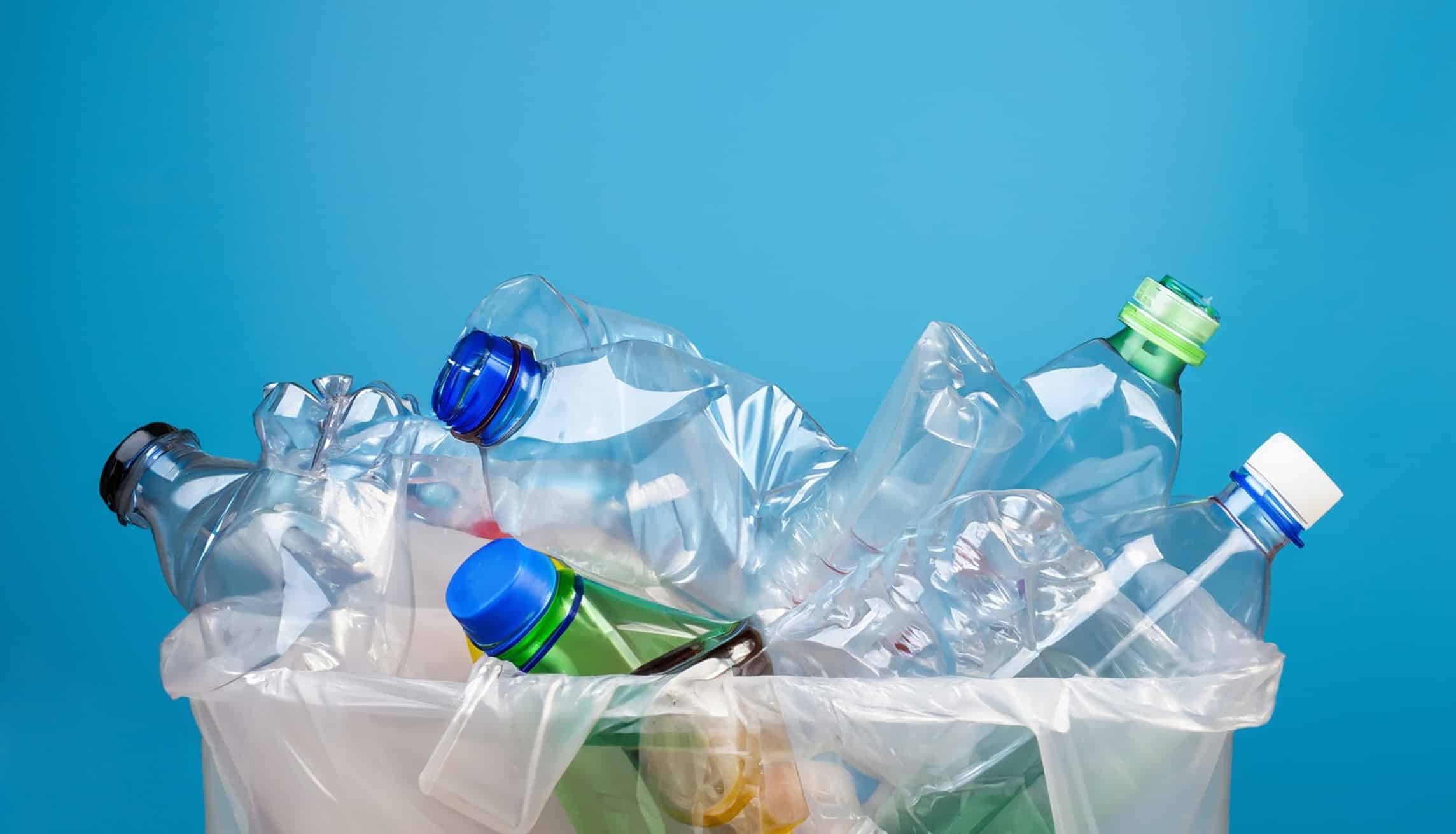Recycling is a positive way to make a small yet impactful change in your local environment. It provides opportunities to reduce waste disposal fees and find new life in old things.
Unfortunately, a lot of people make mistakes when recycling — and those mistakes can thwart your efforts.
In this article, we’ll cover 11 ways you’re recycling wrong and provide helpful tips for reducing waste and consumption.
Let’s dig in!
1. Not Cleaning Recyclables
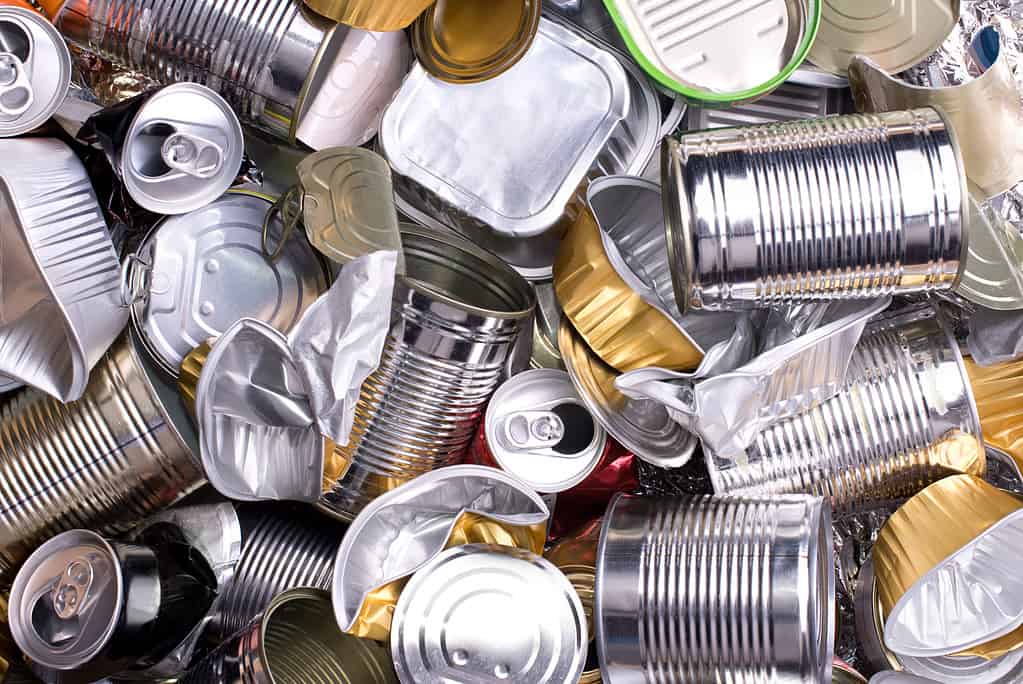
Rinse off all food and residue before recycling.
©photka/iStock via Getty Images
You don’t need to scrub your recyclables with soap until they shine. However, you should take the time to rinse them of debris before throwing them in the bin or bag.
When you leave old food or residue on your recycling, it could drip onto other items in the bin. This could develop mold while you wait for collection day.
If a recycling worker doesn’t know what residue is all over the bag of goods or notices mold, they may have to throw the contents in the garbage, wasting your efforts and adding to the landfills.
Give your recyclables a quick wash while doing your dishes, or throw them in the dishwasher. This approach gets them clean without consuming extra resources.
2. Mixing Recycling Types

Avoid recycling wrong by separating your recycling by type.
©Hero Images/iStock via Getty Images
Don’t be one of those people who make the minimum effort to recycle, throwing everything into one bag and letting the workers sort it out. In most cases, they won’t have the time or resources, and your bag will end up in the garbage.
Instead, separate your recyclables based on local guidance. Typically, refundable, non-refundable, and paper products go in separate bags or bins.
3. Stacking Recyclables in Each Other
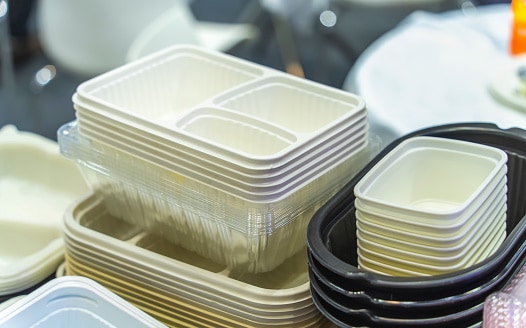
Don’t stack recyclables into one another.
©kynny/iStock via Getty Images
Saving bag space by stacking cans inside plastic containers may seem like a great idea, but it might be causing more harm than good.
Some facilities don’t have the time and resources to separate everything and throw stacked goods in the trash.
Instead, keep your recyclables separate from one another and save the stacking for the nesting dolls.
4. Recycling Non-Recyclables
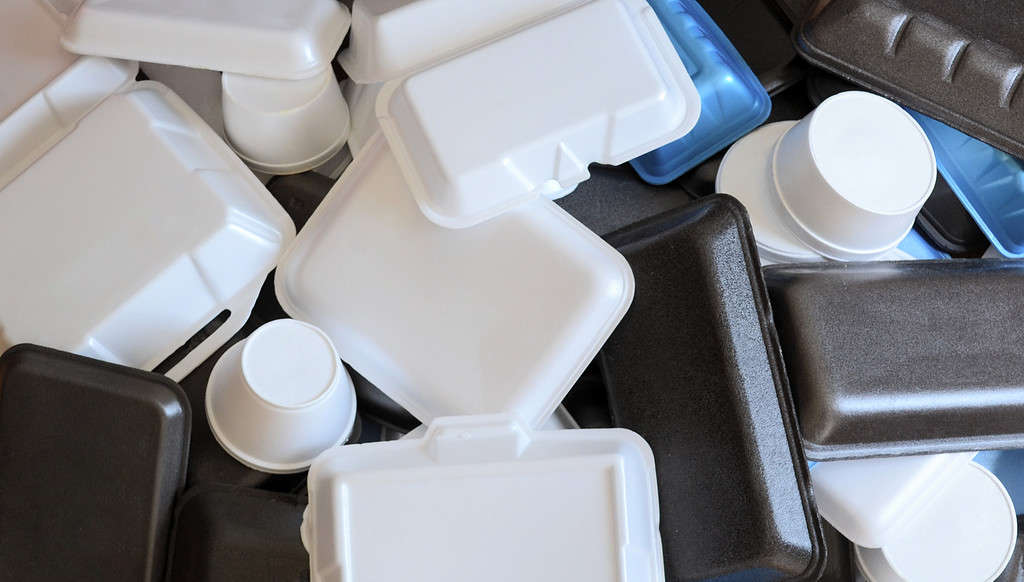
Know what types of plastic is recyclable and what isn’t.
©Genevieve Isabelle/iStock via Getty Images
Not all plastics are made the same; some are recyclable, and others are not.
Take the time to read the labels and ensure that what you’re recycling is, in fact, recyclable. While it’s unfortunate that single-use plastics are still the norm, it’s the reality we live in.
5. Not Removing Lids or Caps

Avoid recycling wrong by taking off caps and lids.
©Makhbubakhon Ismatova/iStock via Getty Images
Most recycling facilities require caps and lids to be removed before jars and containers are recycled. Caps or lids could jam up equipment in sorting facilities. If you fail to remove the caps, your items might be redirected to the landfill.
6. Recycling Broken Glass
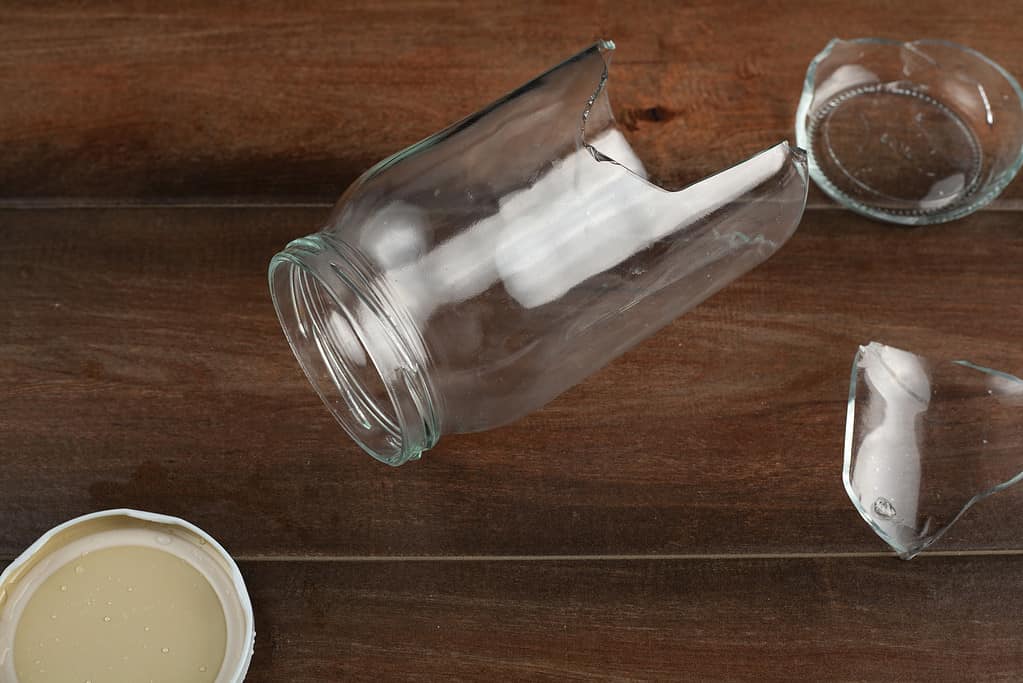
Dispose of broken glass safely.
©Grandbrothers/iStock via Getty Images
Glass is one of the most reusable, malleable materials with which to recycle. Unfortunately, it’s also fragile.
Be gentle when putting glass containers in the bin or bag for recycling, as shards can harm collection workers. If you have broken glass to discard, seal it in a cardboard box with tape, mark it as broken glass, and direct it to the garbage instead.
7. Failing to Reduce and Reuse

Find other ways to use containers before putting them into recycling.
©Olga Peshkova/iStock via Getty Images
Don’t forget the Three R’s of recycling: reduce, reuse, then recycle.
Reducing means finding ways to cut back on your consumption. While many people focus on waste reduction, it’s also helpful to cut back on recyclables when possible. For example, investing in a stainless steel water bottle rather than purchasing bottled water.
Reusing is also a powerful way to cut back. Keep glass jars and containers to organize office supplies or store leftovers. Not only will you cut back on missing food containers, but you’ll reduce contact with potentially harmful plastics.
8. Improperly Recycling Mixed Materials
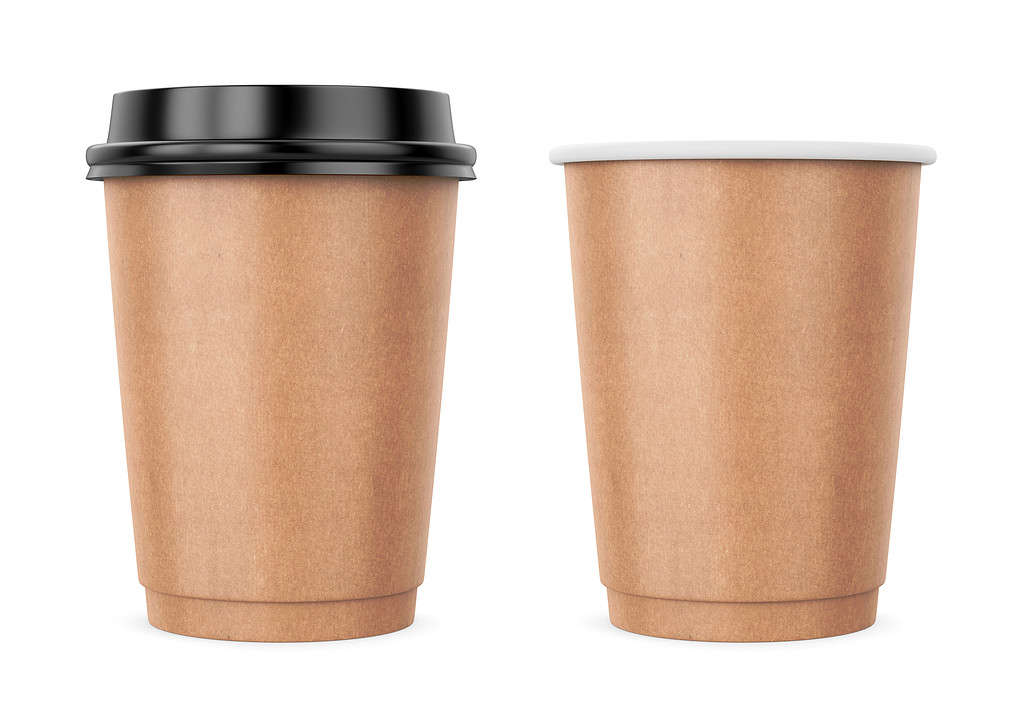
Be cautious of mixed materials, like takeaway coffee cups.
©farakos/iStock via Getty Images
Mixed materials refer to items with a blend of recyclable and non-recyclable elements, such as a tetra pack or takeaway coffee cup.
These items are often difficult to recycle and rejected by facilities. Depending on the materials, they may be considered a contaminant and result in the full disposal of all recyclables in the load.
Stay up-to-date on local requirements and ask your sorting facility about how to dispose of these items.
9. Failing to Recycle Electronics and Batteries
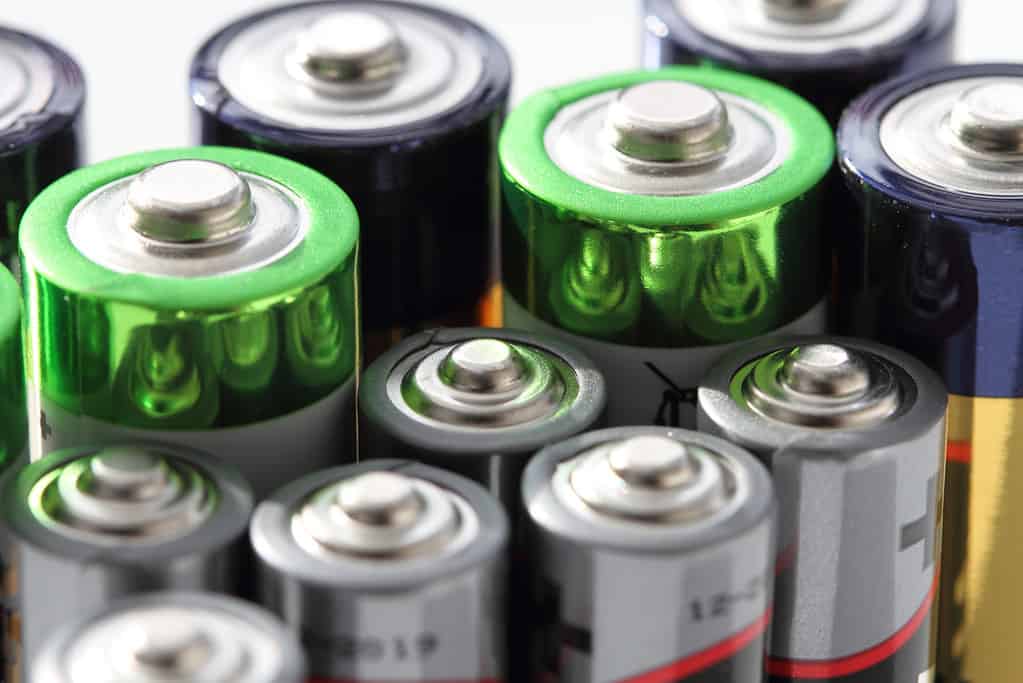
Recycle batteries according to local guidelines.
©Mark Hochleitner/iStock via Getty Images
Electronics and batteries shouldn’t be disposed of in the regular garbage. Electronics—even the broken ones—have plenty of useful parts and materials that can be stripped and recycled. Improper disposal of batteries could cause harmful chemical contamination or fire.
Look for local guidance on how to properly recycle these items. Your sorting facility may provide drop-off hours or special collections to keep these items out of the landfill.
10. Ignoring Special Collections

Take advantage of special collections events to avoid recycling wrong.
©Estradaanton/iStock via Getty Images
Many areas promote special collection events for seasonal items like leaves or Christmas trees. They may also hold events for old construction items like leftover paint or hazardous materials.
Look at the local calendar and store your weird and wonderful recyclable items safely until they can be collected and handled properly.
11. Ignoring Local Guidelines
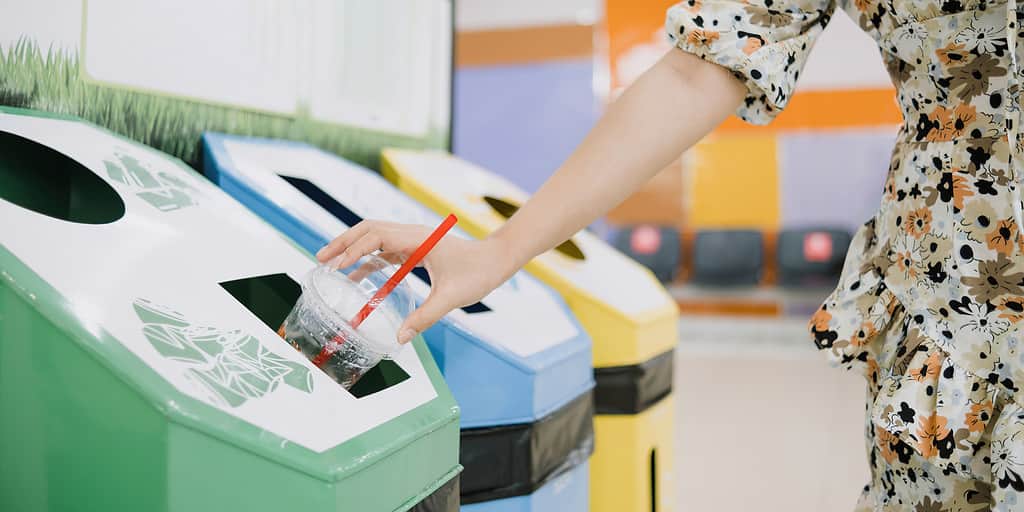
Follow the local sorting guidelines.
©somboon kaeoboonsong/iStock via Getty Images
Not all recycling facilities are built the same. Your friend in a neighboring county may be able to recycle something that’s banned in your area.
Take the time to look at local guidelines for sorting and proper disposal (for example, removing the covers from books or breaking down cardboard boxes). The closer you follow local regulations, the more effective your recycling efforts will be.
| Ranking | Ways You’re Recycling Wrong |
|---|---|
| #1 | Not Cleaning Recyclables |
| #2 | Mixing Recycling Types |
| #3 | Stacking Recyclables in Each Other |
| #4 | Recycling Non-Recyclables |
| #5 | Not Removing Lids or Caps |
| #6 | Recycling Broken Glass |
| #7 | Failing to Reduce and Reuse |
| #8 | Improperly Recycling Mixed Materials |
| #9 | Failing to Recycle Electronics and Batteries |
| #10 | Ignoring Special Collections |
| #11 | Ignoring Local Guidelines |
Thank you for reading! Have some feedback for us? Contact the AZ Animals editorial team.

